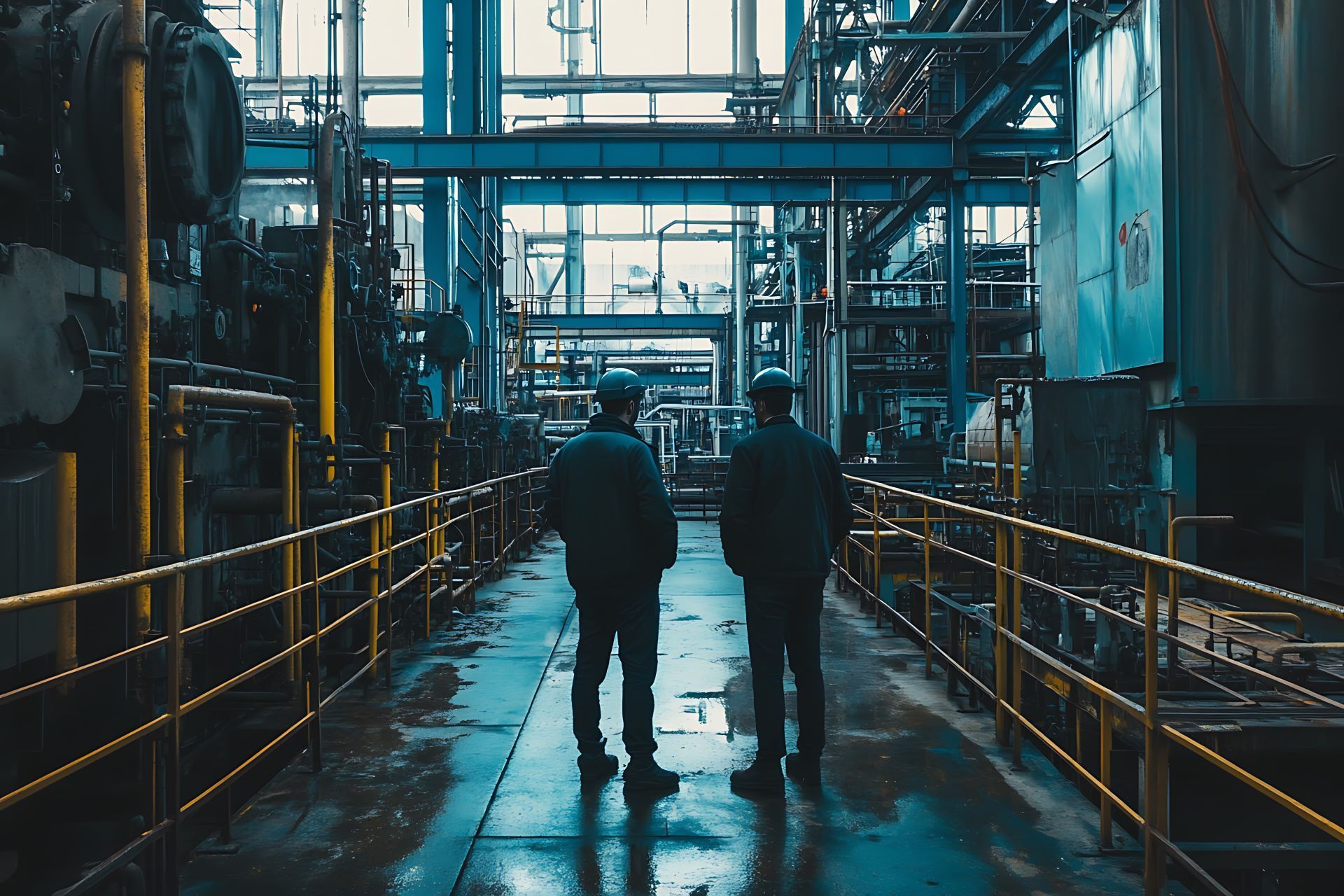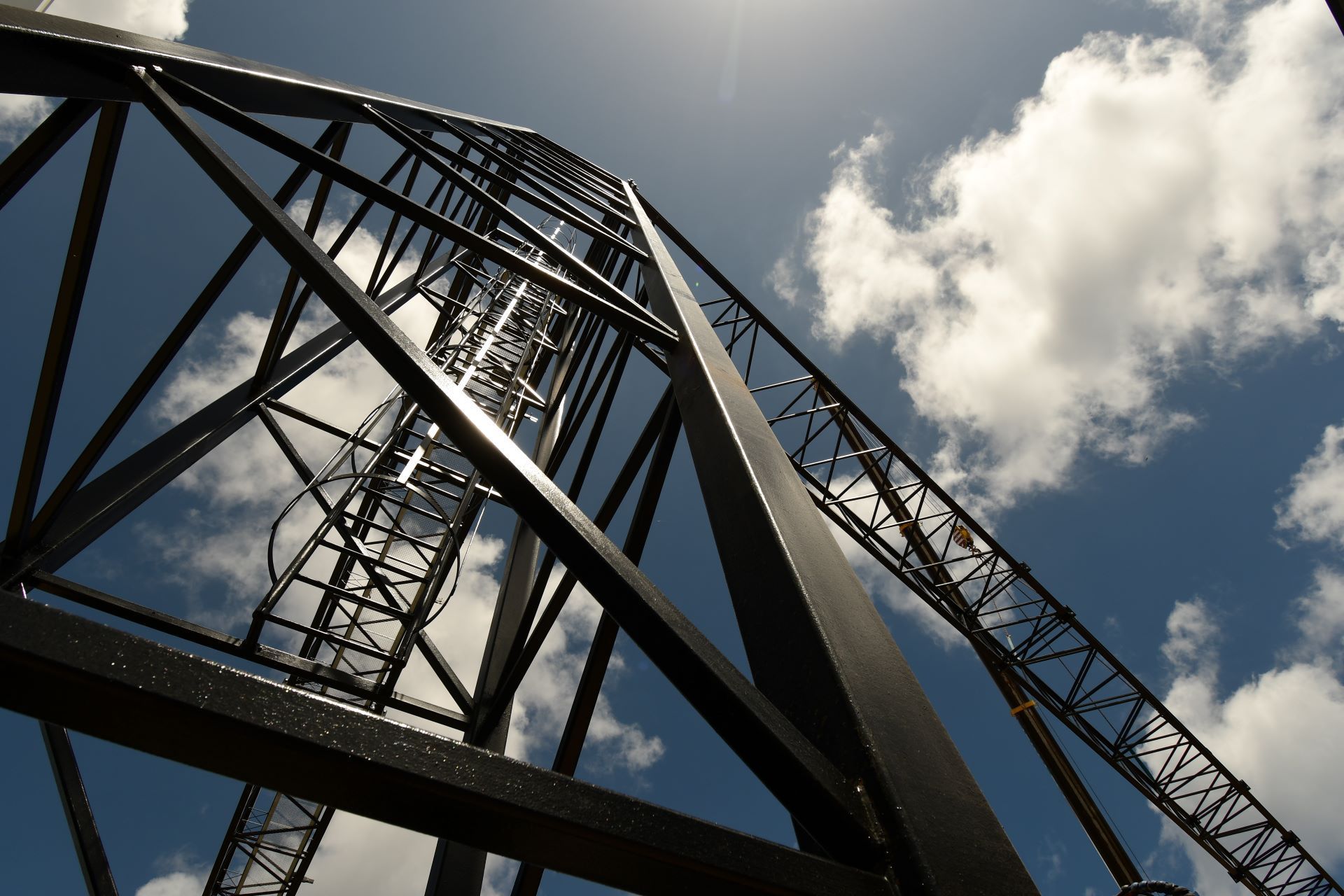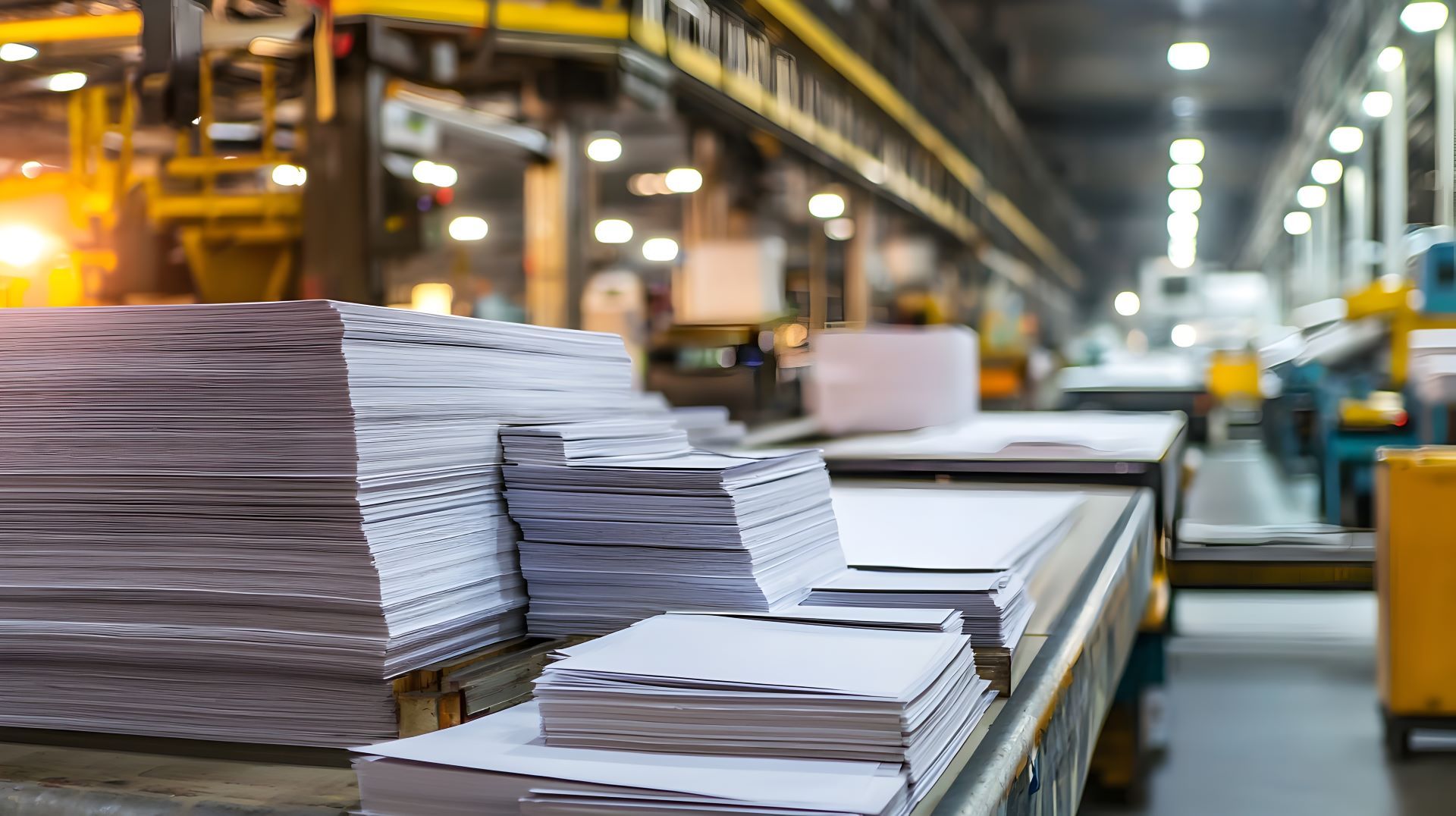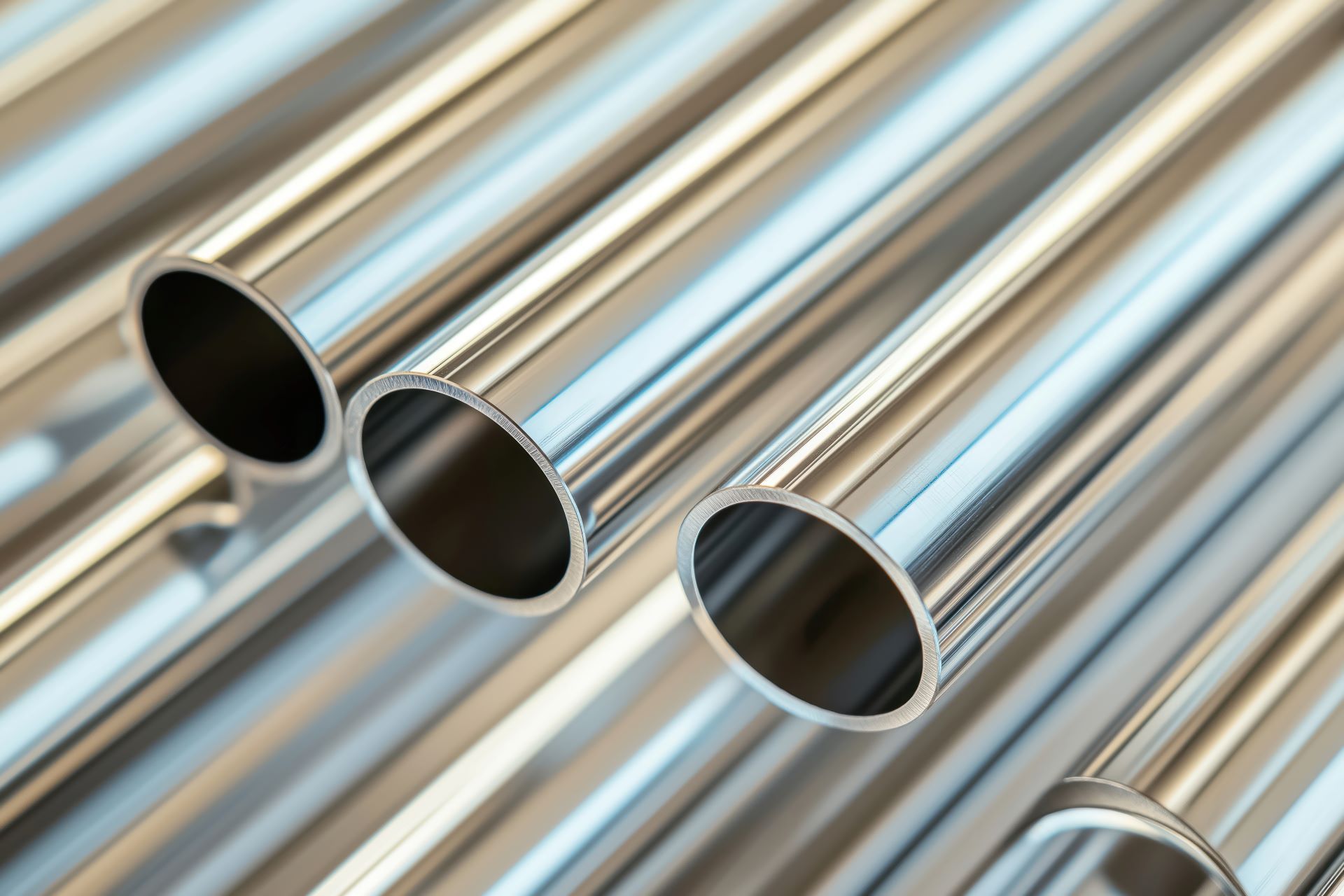Stainless Steel for Cryogenic Applications: LNG, Gas Storage, and Low-Temp Fabrication
Cryogenic applications require materials that can maintain integrity and performance at extremely low temperatures. These conditions, often dipping below -150°F, are common in industries such as liquefied natural gas (LNG) storage, industrial gas systems, and cold-temperature piping used in aerospace, medical, and energy sectors. Stainless steel is the go-to material in these environments thanks to its toughness, corrosion resistance, and stability across wide temperature ranges.
This article explores the characteristics that make stainless steel suitable for cryogenic service, highlights the most effective grades, and explains how fabrication processes are optimized for these applications.
The Demands of Cryogenic Service
Cryogenic service isn’t just about cold it’s about sustained exposure to extreme temperatures that cause most materials to become brittle and prone to failure. In LNG tanks, oxygen or nitrogen storage systems, and liquefied gas pipelines, the metal must remain tough and ductile without cracking under stress. Traditional carbon steels generally fail in these scenarios due to embrittlement at low temperatures, which can result in leaks, mechanical failures, or even catastrophic ruptures.
In contrast, stainless steels particularly those in the austenitic family retain their strength and ductility at cryogenic temperatures, allowing engineers and fabricators to rely on them in high-risk, high-performance environments.
What Makes Stainless Steel Suitable for Low-Temperature Use
Austenitic stainless steels are uniquely equipped to handle cryogenic stress. These alloys have a face-centered cubic (FCC) crystal structure that remains stable even when exposed to temperatures as low as -320°F. This structure prevents the brittle phase transformation that occurs in other steel types, making austenitic grades ideal for LNG and cryogenic gas systems.
Mechanical properties such as toughness, elongation, and tensile strength are preserved at low temperatures. Moreover, the corrosion resistance that stainless steel is known for remains effective in cold and chemically reactive environments. Combined with its ability to be welded, bent, and formed, stainless steel offers a level of performance and versatility few other metals can match in cryogenic service.
Best Stainless Steel Grades for Cryogenic Applications
Among the 300-series stainless steels, several grades stand out for their consistent low-temperature performance.
304 and 304L are the most widely used cryogenic stainless steels. They offer a balanced mix of cost, availability, and toughness. 304L, the low-carbon version, is especially valuable in welded assemblies because it reduces the risk of carbide precipitation and intergranular corrosion.
316 and 316L add molybdenum to the chemistry, enhancing corrosion resistance particularly against chlorides and acidic conditions. This makes them excellent choices for marine-based LNG systems or environments where trace contaminants might be present in the cryogenic medium.
321 and 347 are stabilized grades, designed to withstand thermal cycling and high-pressure use. These are used in aerospace systems and other applications that demand both cryogenic and elevated-temperature service.
Each of these grades is available in plate, pipe, tube, and sheet form, making them flexible enough for tanks, transfer lines, processing equipment, and welded piping networks.
Corrosion Considerations in Cryogenic Systems
While cryogenic temperatures tend to slow corrosion reactions, localized attack remains a concern, especially in systems where contaminants like CO₂, oxygen, or sulfur compounds are present. Stainless steel resists this type of corrosion better than other alloys, and certain treatments like passivation or electropolishing can further enhance this resistance.
316L is often chosen for such environments because the molybdenum content improves performance against pitting and crevice corrosion. For high-purity or oxygen-rich gas applications, this added protection contributes significantly to long-term reliability.
Weldability and Fabrication Challenges
Fabrication for cryogenic applications demands precision and process control. Welding is a critical operation, and not all stainless grades behave the same under welding conditions.
Low-carbon grades like 304L and 316L are especially beneficial for welded structures, as they minimize carbide formation and the risk of intergranular corrosion. Filler metals must be carefully selected to match the mechanical properties of the base metal, and post-weld cleanup is essential to eliminate surface contaminants that could initiate corrosion.
Bending and forming are also important in custom cryogenic fabrication. Austenitic stainless steels offer excellent ductility, which allows for complex forming without cracking. However, tighter bend radii may require the use of annealed material or heat-treated stock to avoid work hardening.
Thermal Cycling and Material Fatigue
Many cryogenic systems are subject not just to constant low temperatures but to repeated cycles between ambient and cryogenic conditions. This thermal cycling can cause fatigue, particularly at joints, welds, and stress concentration points.
Stainless steel’s relatively low coefficient of thermal expansion helps reduce stress from expansion and contraction, while its high toughness absorbs mechanical shock and vibration. These characteristics make it a safer and more durable choice for applications like cryogenic storage tanks, transfer pipelines, and cryogenic control valves.
Standards and Specifications for Cryogenic Stainless Steel
Meeting cryogenic design requirements involves more than just selecting the right alloy it also requires sourcing certified material that complies with international standards. Some of the most relevant include:
- ASTM A240 for stainless steel plate used in pressure vessels and structural applications
- ASTM A312 for seamless and welded stainless steel pipe
- ASME Section VIII for unfired pressure vessels in cryogenic service
- ISO 21009 for pressure vessels in cryogenic systems
- EN 13445 for European compliance in cryogenic equipment manufacturing
Material certifications, mill test reports, and traceability documentation are essential for quality assurance and compliance in regulated industries like LNG, pharmaceuticals, and aerospace.
Comparison: Stainless Steel vs. Other Cryogenic Materials
Although materials like aluminum, Inconel, or specialized nickel alloys are used in cryogenic service, stainless steel remains the most cost-effective and versatile option. It combines performance, availability, and weldability in ways that other materials cannot.
| Property | Stainless Steel | Aluminum Alloys | Nickel Alloys (e.g., Inconel) |
|---|---|---|---|
| Toughness at Low Temps | Excellent | Moderate | Excellent |
| Corrosion Resistance | High | Moderate | Very High |
| Cost | Moderate | Low | High |
| Weldability | Excellent | Good | Complex |
| Availability | Widely Available | Limited in some grades | More Specialized |
For projects balancing performance and budget, stainless steel grades like 304L and 316L are often the optimal solution.
Cut-to-Length and Value-Added Services
Fabricators working in cryogenic service benefit from reliable supply chains and value-added services that reduce waste and improve efficiency. Cut-to-length stainless plate, polished sanitary tube, and pre-beveled pipe allow shops to minimize lead times and focus on assembly.
Plasma cutting, waterjet processing, and precision saw cutting can all be used on cryogenic-grade stainless, provided proper cooling and feed rates are maintained. These services help support tight project timelines while maintaining critical tolerances for press-fit or welded assemblies.
Conclusion
Stainless steel has proven itself as a superior material for cryogenic applications. Whether it’s supporting LNG infrastructure, containing industrial gases, or enabling low-temperature manufacturing, its combination of strength, ductility, and corrosion resistance makes it indispensable in these harsh environments.
With a range of grades like 304L, 316L, and 347 available in structural and pressure-rated forms, fabricators can meet the strictest performance and compliance standards in the industry. Combined with proper cutting, welding, and documentation support, stainless steel enables safe, long-lasting operation across the entire cryogenic temperature range.
Action Stainless provides certified stainless products and fabrication-ready material to meet the demands of cryogenic design. Our in-house processing capabilities and traceability support help fabricators deliver quality products on time and with confidence.






